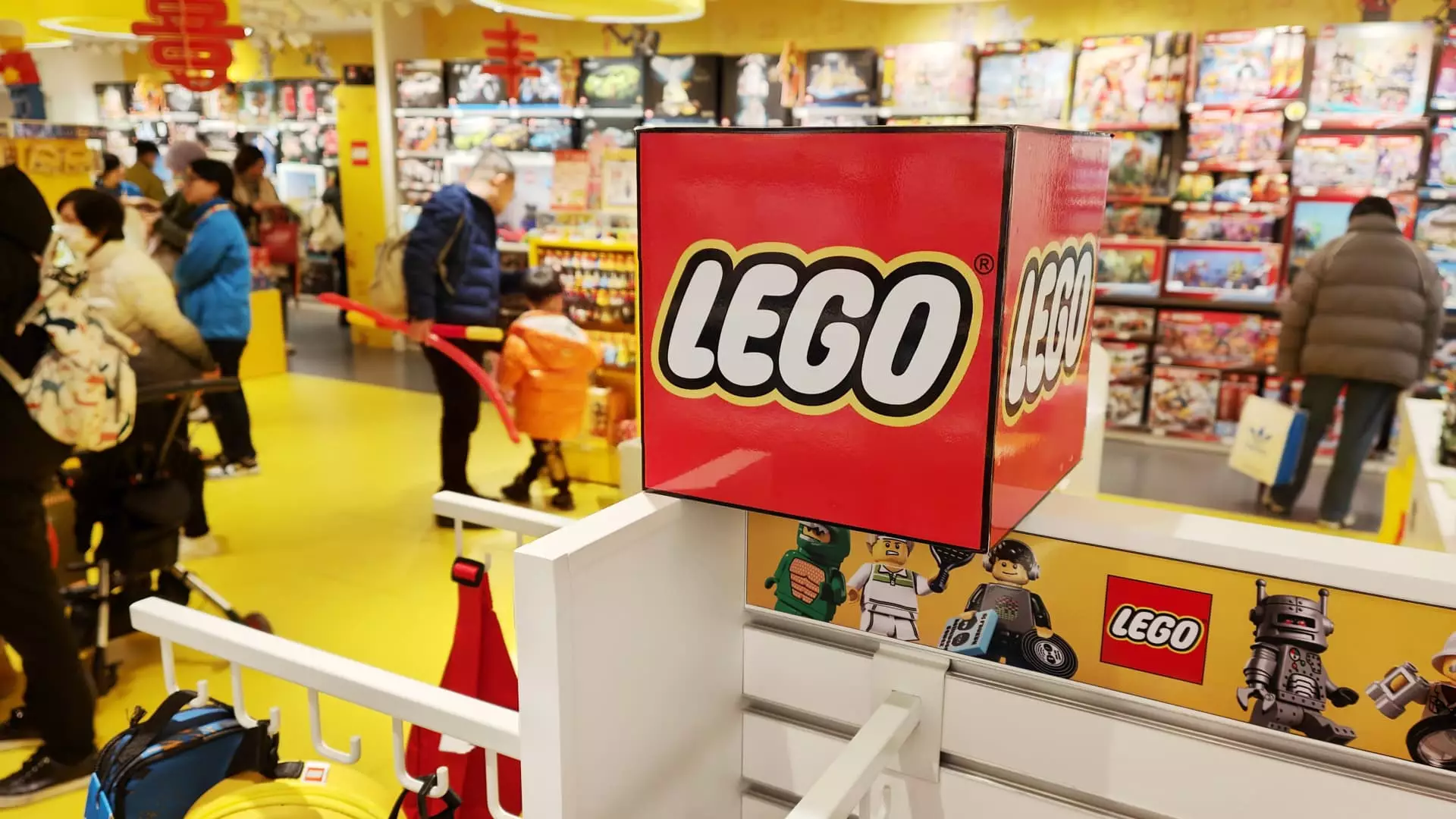In the midst of an inflation-fueled sales slump in the toy industry, Lego has emerged as a shining beacon of success. The Danish toymaker reported a 13% increase in revenue during the first half of 2024, reaching a staggering 31 billion Danish krone, equivalent to about $4.65 billion. CEO Niels Christiansen attributed this growth to the company’s strong performance across its portfolio, with particular success in Lego Icons, Lego Creator, and its partnership with Epic Games’ Fortnite. Unlike its competitors, Lego has managed to maintain and even increase its sales volume, dispelling the trend of consumers trading down to lower-priced sets.
In stark contrast, publicly traded competitors Mattel and Hasbro have not fared as well in the current market landscape. Mattel saw a 1% decline in net sales in the first six months of 2024, while Hasbro reported a significant 21% drop in net revenue during the same period. Mattel’s challenges stem from tough comparisons to its 2023 toy sales driven by the iconic “Barbie” brand, while Hasbro continues to feel the impact of its divestment of eOne. The struggles of these companies only serve to highlight Lego’s impressive performance and market resilience.
Lego’s success can be attributed to its diverse product range that appeals to both children and adults alike. In addition to popular franchise sets like Harry Potter and Star Wars, Lego offers innovative design options for consumers to create flowers, succulents, famous artworks, and animals. This wide array of products has resonated with consumers in the U.S. and Europe, leading to strong sales in these regions. While sales in China have remained flat due to reduced spending on larger items, Lego remains committed to expansion in the region. With plans to open more stores in China and a focus on sustainability efforts, Lego is poised for continued growth and success.
One key aspect of Lego’s strategy for the future is its unwavering commitment to sustainability. The company has nearly doubled the amount of renewable and recyclable materials used in its bricks compared to the previous year. CEO Niels Christiansen emphasized the importance of investing in sustainable materials, even if they come at a higher cost. Despite the increased expenses, Lego has chosen not to pass on these costs to consumers, opting instead to incentivize suppliers to develop more sustainable products. Looking ahead, Lego aims to source half of its raw materials from sustainable sources in the coming years, demonstrating a forward-thinking approach to environmental responsibility.
Lego’s remarkable success in a challenging market environment is a testament to its innovative products, global reach, and commitment to sustainability. As the company continues to navigate the ever-evolving landscape of the toy industry, it stands out as a beacon of resilience and growth. With a strong foundation built on creativity, quality, and sustainability, Lego is well-positioned to maintain its market share and continue to delight consumers of all ages around the world.

